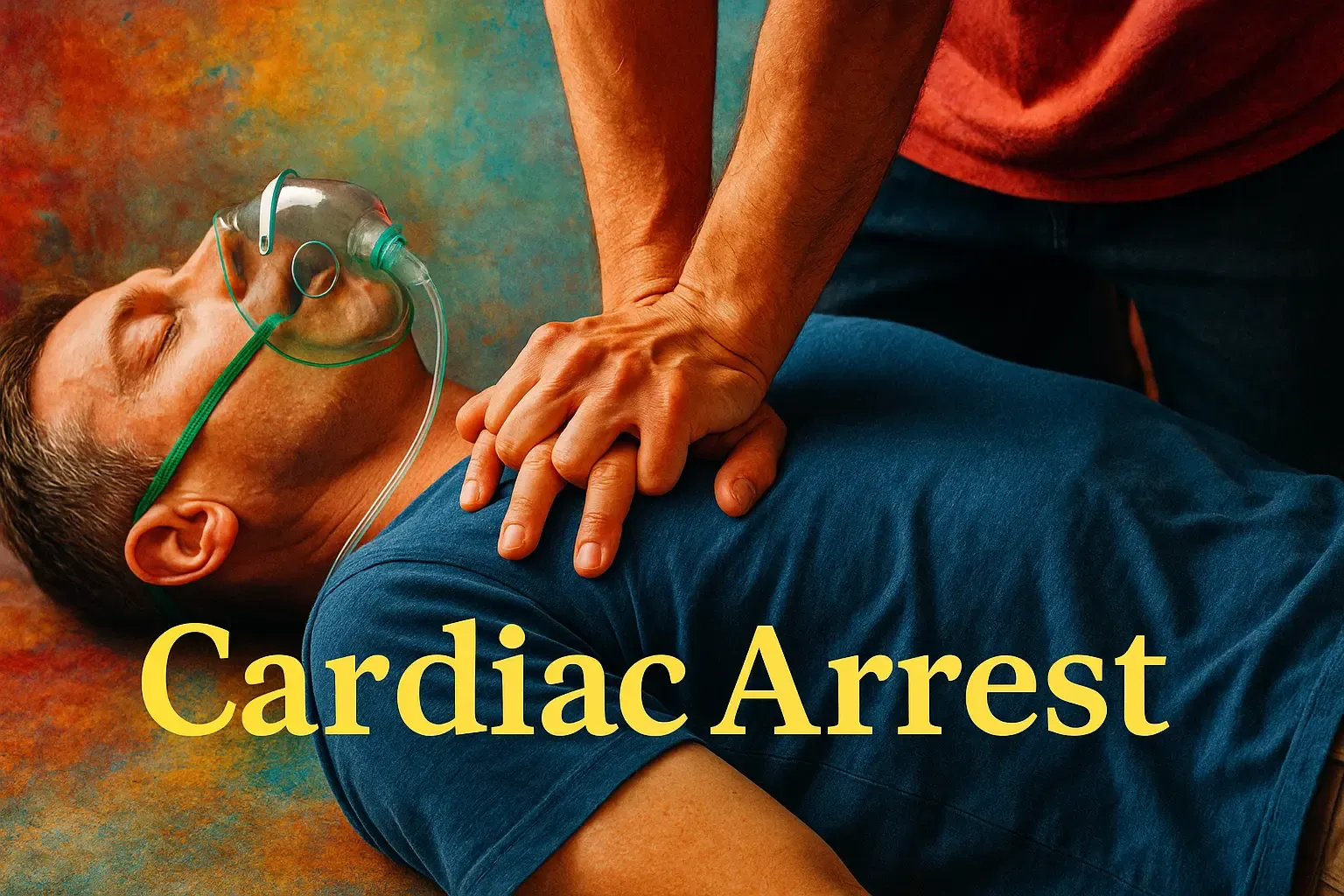Cardiac Arrest Causes and Prevention: Your Essential Guide to Heart Health 🩺
Learn about Cardiac Arrest Causes and Prevention in this detailed guide. Discover risk factors, prevention strategies, and how to act in an emergency! 🌟
Learn about Cardiac Arrest Causes and Prevention in this detailed guide. Discover risk factors, prevention strategies, and how to act in an emergency! 🌟

Cardiac Arrest Causes and Prevention is a critical topic for anyone looking to safeguard their heart health. Cardiac arrest is a sudden, life-threatening condition where the heart stops beating, cutting off blood flow to vital organs. Unlike a heart attack, which involves a blockage, cardiac arrest is an electrical malfunction that requires immediate action. Understanding Cardiac Arrest Causes and Prevention can save lives by empowering individuals to recognize risks and take proactive steps. 🌟
This comprehensive guide explores the causes of cardiac arrest, its risk factors, and practical prevention strategies in simple, easy-to-understand language. Designed for everyday readers, this article provides actionable insights to reduce your risk and protect your heart. Let’s dive into the world of Cardiac Arrest Causes and Prevention and learn how to keep your heart beating strong! 🚀
Cardiac arrest occurs when the heart’s electrical system malfunctions, causing it to stop pumping blood effectively. Without prompt intervention, it can lead to death within minutes. Knowing the Cardiac Arrest Causes and Prevention is vital because it can strike anyone, regardless of age or health status, often without warning.
Key facts about cardiac arrest:
For expert heart care, consult Cardiologists in Mumbai to assess your risk and develop a prevention plan. 🔗 Cardiologists in Mumbai
Understanding the causes of cardiac arrest is the first step toward prevention. While it can occur unexpectedly, certain conditions and triggers increase the risk. Here are the primary Cardiac Arrest Causes and Prevention factors:
Most cases of cardiac arrest are linked to underlying heart issues, including:
Cardiac arrest can also result from non-cardiac issues, such as:
Certain lifestyle factors contribute to Cardiac Arrest Causes and Prevention:
For personalized risk assessment, visit Cardiologists in Mumbai or explore health resources on Free Guest Posting Sites. 🔗 Cardiologists in Mumbai | Free Guest Posting Sites
While anyone can experience cardiac arrest, certain factors increase the likelihood. Recognizing these can guide Cardiac Arrest Causes and Prevention efforts:
For related health concerns, such as kidney issues that may affect heart health, consult Urologist Doctors in Mumbai. 🔗 Urologist Doctors in Mumbai
Cardiac arrest often occurs without warning, but some individuals experience warning signs. Recognizing these can be part of Cardiac Arrest Causes and Prevention:
If you experience these symptoms, seek immediate medical attention. Cardiologists in Mumbai can perform tests like ECGs or stress tests to assess your heart health. 🔗 Cardiologists in Mumbai
Preventing cardiac arrest involves addressing its causes and adopting heart-healthy habits. Here are practical strategies for Cardiac Arrest Causes and Prevention:
A balanced diet reduces the risk of heart disease, a major cause of cardiac arrest:
Physical activity strengthens the heart and reduces risk factors:
Chronic stress can trigger heart issues, so incorporate stress-relief techniques:
Regular checkups and treatment of risk factors are key to Cardiac Arrest Causes and Prevention:
Consult Cardiologists in Mumbai for routine heart screenings, such as ECGs or echocardiograms. 🔗 Cardiologists in Mumbai
Cardiac arrest requires immediate action. Learning cardiopulmonary resuscitation (CPR) and how to use an automated external defibrillator (AED) can save lives:
Routine checkups can detect heart issues early, supporting Cardiac Arrest Causes and Prevention:
For kidney-related issues that may impact heart health, consult Urologist Doctors in Mumbai. 🔗 Urologist Doctors in Mumbai
Illicit drugs like cocaine or amphetamines can trigger cardiac arrest. Seek professional help if struggling with substance abuse.
For more heart health tips, explore blogs on Free Guest Posting Sites. 🔗 Free Guest Posting Sites
If someone experiences cardiac arrest, immediate action is critical:
Training in CPR and AED use is a vital part of Cardiac Arrest Causes and Prevention.
Sudden cardiac arrest in young people is rare but often linked to undiagnosed conditions like hypertrophic cardiomyopathy. Cardiac Arrest Causes and Prevention for athletes include:
Older adults are at higher risk due to age-related heart changes. Focus on:
Women may have atypical symptoms (e.g., nausea, fatigue) before cardiac arrest. Cardiac Arrest Causes and Prevention for women include:
Advancements in technology support Cardiac Arrest Causes and Prevention:
Surviving or witnessing a cardiac arrest can have lasting emotional effects:
To cope:
For additional resources, check Free Guest Posting Sites for heart health blogs. 🔗 Free Guest Posting Sites
This article is optimized for search engines to reach those seeking information on Cardiac Arrest Causes and Prevention:
These strategies align with Google’s guidelines, ensuring high visibility for Cardiac Arrest Causes and Prevention searches.
Cardiac Arrest Causes and Prevention is a topic that empowers you to protect your heart and save lives. By understanding the causes—heart conditions, lifestyle factors, and triggers—you can take proactive steps to reduce your risk. Adopting a heart-healthy diet, exercising regularly, managing stress, and learning CPR are all part of effective Cardiac Arrest Causes and Prevention.
Writer and content creator
Log in to share your thoughts and engage with other readers.